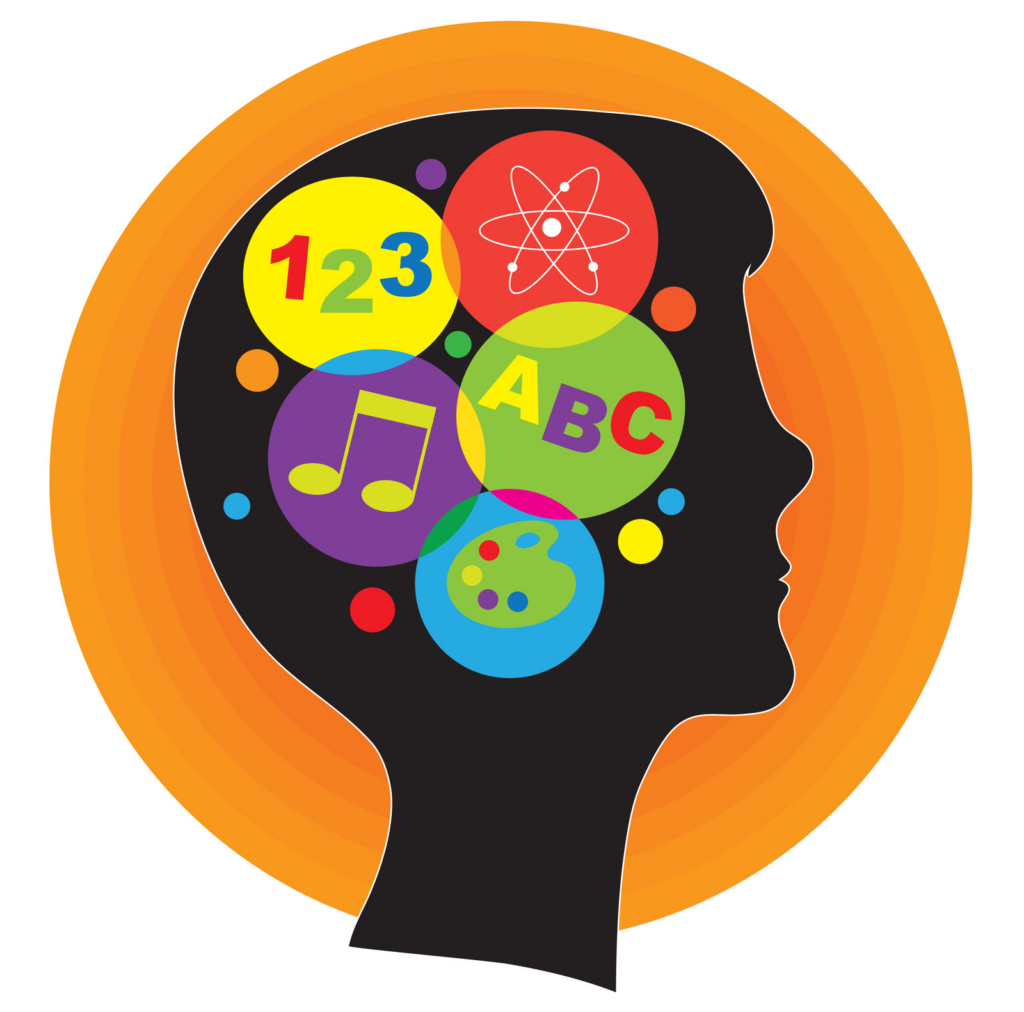
When my summer lab internship was cancelled as a result of COVID-19, I was absolutely miserable. I was so excited at the opportunity to be doing research for another summer, and it was devastating to hear that my internship was cancelled. However, as I talked to family friends with young children over the phone, I realized that many families were struggling to juggle childcare and work responsibilities as a result of the COVID-19 quarantine. I realized that if I was struggling to cope with quarantine, then 6 year olds must be bouncing off the walls. With that in mind, I decided to create a virtual week-long neuroscience-themed summer camp for first to third graders that I named Brain Camp for Kids.
First, I decided that I wanted each session of the camp to be a week long, with one hour Zoom classes on each day. I also decided that no more than 7 kids should be in each class. I limited the number of kids because I wanted the class to be only one hour and I also wanted to give each student enough time and attention so that they could truly grasp the material I was teaching. Next, I knew that technologically-skilled 6-year-olds could easily outsmart me in a virtual summer camp, so I had to come up with activities that kids would genuinely enjoy. Also, I had several constraints due to the pandemic: along with being virtual, everything had to be easily accessible in order for kids to participate independently. I scoured the internet for activities that I could use in camp. But, unfortunately, no pre-designed activities on the internet had accounted for the global pandemic. Thus, I devised my own plan. First, I created five neuroscience coloring worksheets for each day of the camp. I sourced explanatory videos for the kids to watch as well as a catchy brain-themed song that we would learn throughout the camp. I also designed a hands-on brain experiment and two neuroscience-themed board games. Additionally, when I learned about the PPE crisis, I suggested a voluntary $25 fee from participants, all of which I would donate to the Get Us PPE organization.
Next, I had to advertise the camp. To do so, I created a brochure about the camp, including information about myself, why I created the camp, what sessions I was hosting, what curriculum I would teach, and much more (check out the gallery here to see pictures of the brochure!). I also created a sign-up Google Form so that interested families could register their kids. To advertise, I posted my camp’s information on Nextdoor, told my family friends about the camp, and used group chats of families to spread the word. I realized that word of mouth was the most successful way for me to advertise and, ultimately, that is how I got the majority of my students.
After I started getting sign-ups for the camp, I created an email template to send to all registered families, with the materials, supplies, and other information that participants would need in preparation for the camp. Additionally, as the camp got closer, I sent participants follow-up and reminder emails with Zoom information. I created spreadsheets, Google Docs, and tens of reminders to keep myself organized and on track for the students I would be teaching.
Finally, I was done creating the camp. Everything was in place. Now, it was time to run it. To read more about how I ran Brain Camp for Kids, visit this article.